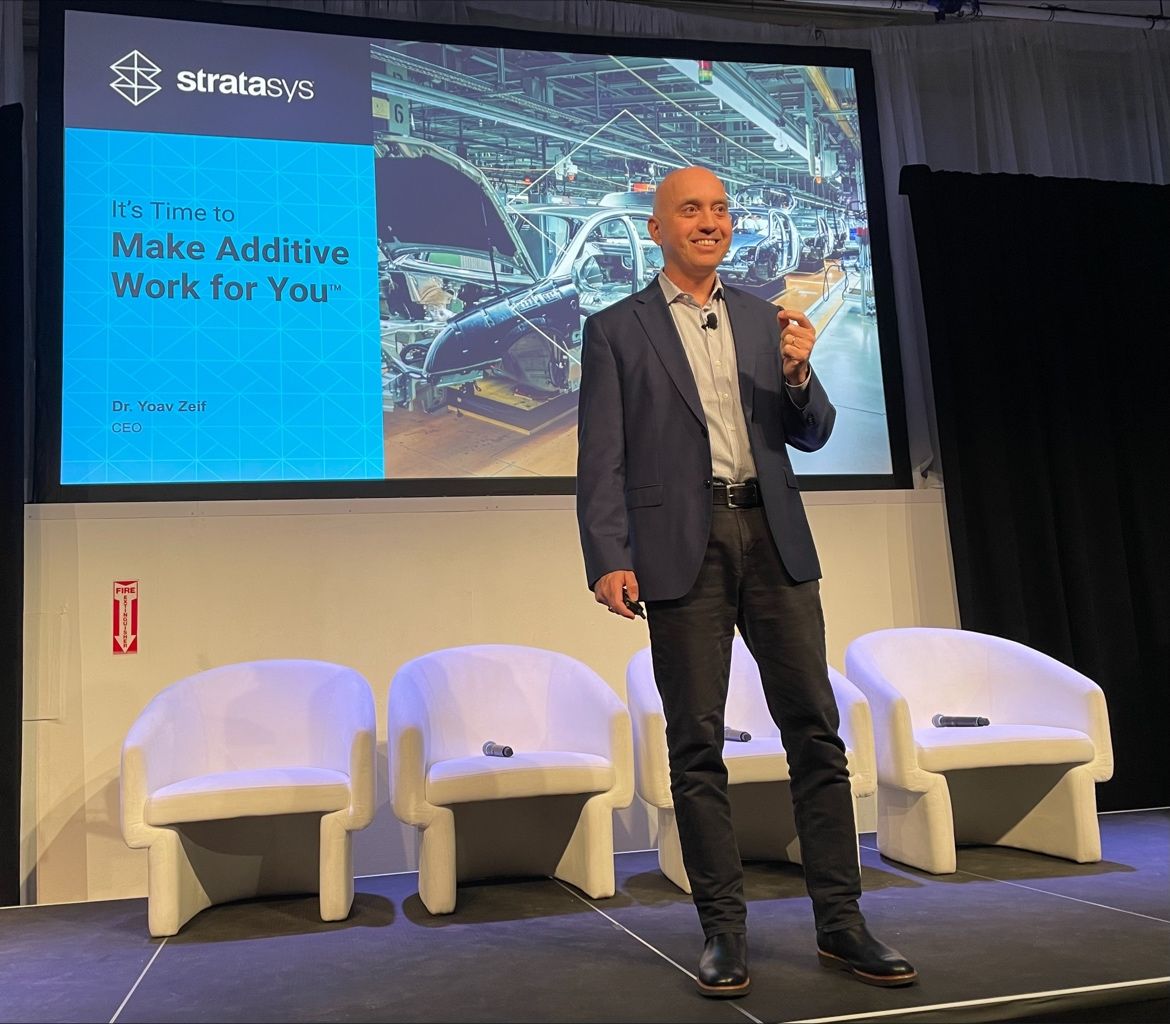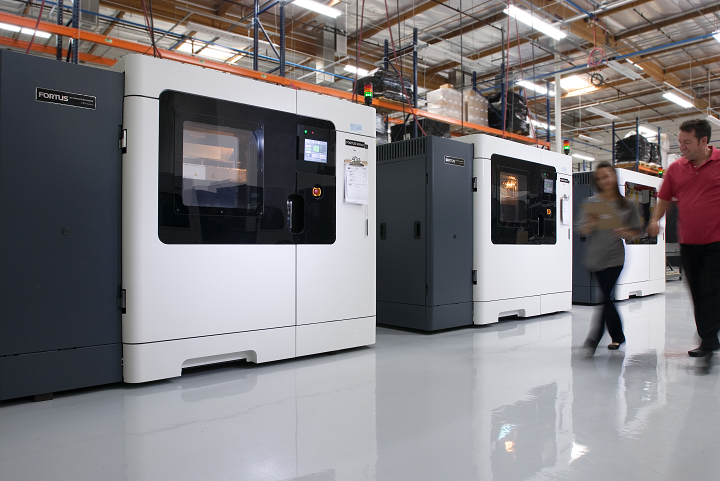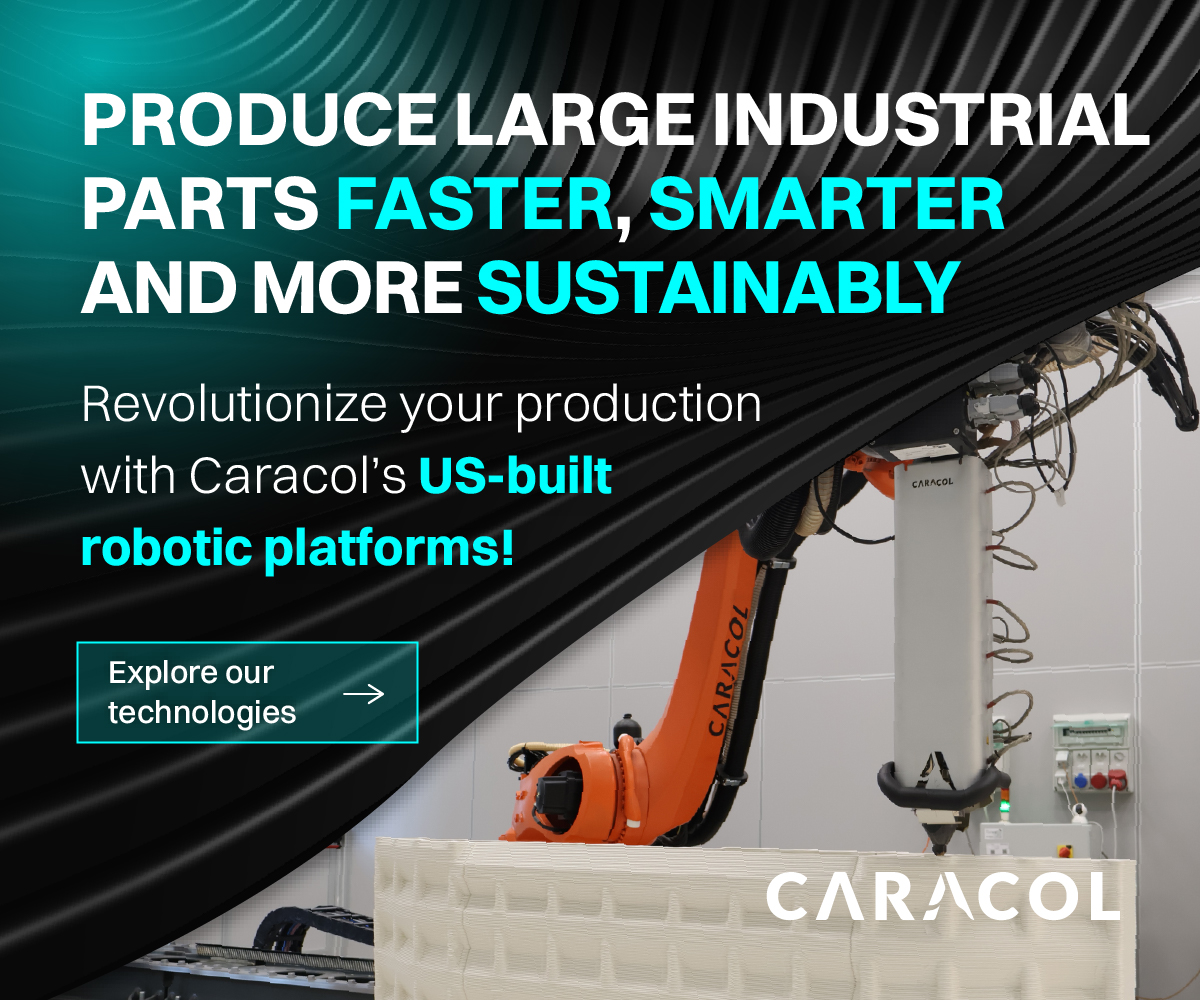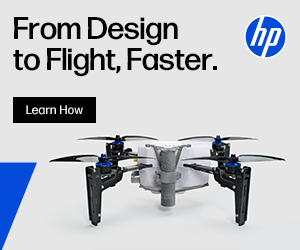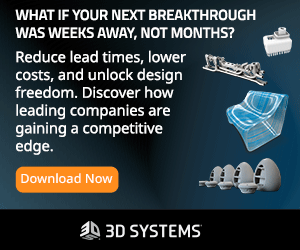Stratasys (Nasdaq: SSYS) is taking steps to tackle ongoing challenges in the 3D printing industry, aspiring to secure a stronger foothold in a landscape with both opportunities and headwinds. The company is focusing on streamlining its operations and advancing key areas like materials and software, particularly expanding its fused deposition modeling (FDM) technologies for manufacturing applications.
Leadership said that it’s aligning its efforts to meet the growing demand for 3D printing solutions that go beyond prototyping to support full-scale production. However, this realignment includes tough decisions, such as reducing the workforce.
The second quarter of 2024 reflected the difficulties Stratasys faced in the current economic climate, with a decline in hardware sales contributing to a decrease in total revenue to $138 million from $159.8 million in the same quarter last year.
Despite this, there were positive signs, particularly in the consumables segment, which grew by 6.3%. This growth indicates that customers are increasingly using Stratasys’s FDM technologies for manufacturing rather than just prototyping, a shift that CEO Yoav Zeif says looks promising for the future as the company continues to expand its presence on the manufacturing floor.
One of the key moves for Stratasys this quarter was the announcement of a comprehensive restructuring plan. This plan includes a reduction of roughly 15% of the workforce by the end of the year, aimed at saving around $40 million annually starting in the first quarter of 2025.
These cost-cutting measures are expected to generate an annual earnings before interest, taxes, depreciation, and amortization (EBITDA) margin of 8% at current revenue levels, a significant improvement that could help the company navigate the ongoing economic challenges.
Innovation remains a top priority for Stratasys, with continued investment in new materials, technologies, and workflow solutions. In fact, Zeif told investors during an earnings call that the company is intensifying its efforts to increase market penetration by helping customers overcome barriers to the broader adoption of additive manufacturing (AM). He said that Stratasys will leverage its scale and technological breadth to focus its go-to-market strategy on the main growth drivers of the business.
“Over the past few years, we have seen continued penetration of additive manufacturing with applications across multiple sectors such as aerospace and automotive for tooling and parts, dental for various uses, and medical for pre-operative needs. However, penetration has not accelerated as expected,” highlighted the executive. “We continuously assess our business operations to ensure that we are optimally aligned with market conditions and have been closely monitoring this prolonged cycle of reduced client capital spending, which is stretching longer than anticipated.”
Zeif also pointed out that Stratasys is working to make AM more accessible by reducing the total cost of ownership, which is heavily impacted by material usage. He added that the company is dedicating more resources to educate and support customers, particularly engineers who are still mastering the design and workflow aspects of AM. Additionally, Stratasys is increasing its efforts to standardize AM processes to better align them with traditional manufacturing methods.
“We are also focusing on applications where additive manufacturing presents the most compelling benefits relative to conventional methods,” Zeif told investors.
This strategic focus has led to several key developments in various sectors. For example, Stratasys solidified its partnership with AM Craft, a leader in aviation manufacturing, to advance the production of European Union Aviation Safety Agency (EASA)-certified aircraft parts. The company also made waves in the medical field by introducing the J5 Digital Anatomy 3D Printer, set to improve surgical planning and patient care, and the DentaJet XL, a dental 3D printer designed to boost productivity in dental labs.
In addition, Stratasys also introduced the H350 version 1.5 printer with new selective absorption fusion (SAF) high-def printing capabilities, catering to the growing demand for high-volume, high-quality manufacturing. The company’s efforts in software development also took a significant step forward with the launch of the GrabCAD IoT platform, which boosts connectivity and real-time data collection.
These developments are part of a broader strategy that includes relocating its U.S. headquarters to a single, newer, leased facility in Eden Prairie, Minnesota, later this year.
However, the quarter wasn’t without its challenges. The continued softness in hardware sales and the broader economic environment led to a decline in overall financial performance. Stratasys reported a net loss of $25.7 million, though this was an improvement over the previous year’s loss of $38.6 million.
The company also saw a reduction in operating expenses, driven partly by lower costs related to mergers and acquisitions, defense against hostile takeover bids—specifically from Nano Dimension—proxy contests, and related professional fees, as CFO Eitan Zamir told investors.
Looking ahead, Stratasys has updated its financial outlook for 2024, reflecting ongoing uncertainty in the market. The company now expects full-year revenue to range between $570 million and $580 million, a decrease from the previous guidance of $620 million to $670 million. Third-quarter revenue is anticipated to be slightly higher than in the second quarter. Despite these challenges, Stratasys remains committed to its long-term strategy, focusing on innovation, cost management, and expanding its market presence.
Stratasys aims to maintain its leadership in the 3D printing industry by continuing to innovate and realign its operations.
As Zeif concluded, “We spoke in the past of an inflection point where additive manufacturing graduated from a prototyping niche to becoming a cornerstone of the manufacturing process, and we continue to see signs of this momentum as we march ahead.”
Subscribe to Our Email Newsletter
Stay up-to-date on all the latest news from the 3D printing industry and receive information and offers from third party vendors.
Print Services
Upload your 3D Models and get them printed quickly and efficiently.
You May Also Like
Stratasys’s Aerospace Push: How 3D Printing Is Powering Drones, Space, and Defense Readiness
When Foster Ferguson joined Stratasys after a long career in the U.S. Marine Corps, he brought with him a logistics mindset: every mission succeeds or fails on readiness. That same...
Inside TIME’s 2025 Inventions List: 3D Printing’s Standouts and Surprises (and the Ones They Missed)
When TIME Magazine unveiled its list of the 300 Best Inventions of 2025, it offered a snapshot of what the future might look like, from smart health tech to clever...
India’s INDO-MIM Files for $113 Million IPO to Expand Metal Operations, Including 3D Printing
INDO-MIM, one of the world’s largest metal injection molding (MIM) manufacturers, has filed to go public in India. The India-based company plans to raise up to $113 million (₹1,000 crore)...
Caracol Acquires Weber’s 3D Printing Assets
Italian large-format 3D printing specialist Caracol has acquired the additive manufacturing assets of Germany’s Hans Weber Maschinenfabrik GmbH, a long-standing leader in extrusion technology. The deal includes Weber’s intellectual property...




